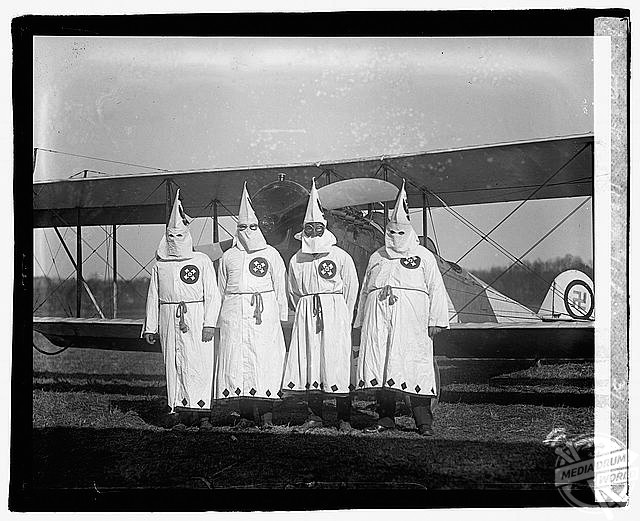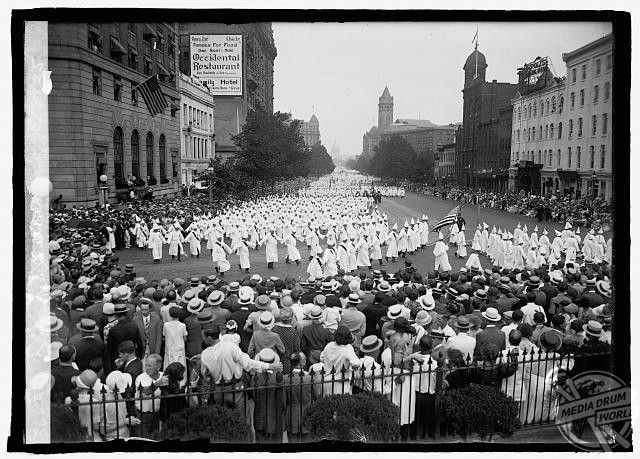
By Tom Dare
CHILLING images showing thousands of Ku Klux Klan members opening parading through the streets of Washington D.C. have resurfaced this week, as racial tensions in the United States continue to escalate in the wake of the sickening scenes in Charlottesville at the weekend.
Images from the 1920’s show Washington streets filled with around 25,000 men and women wearing the infamous hood of the Klan, while others show Klan members standing next to airplanes before flying them over towns and cities to drop racist propaganda.
Further pictures show a burning cross at a large rally, with another photo showing children wearing the Klan robes attending marches with their parents.
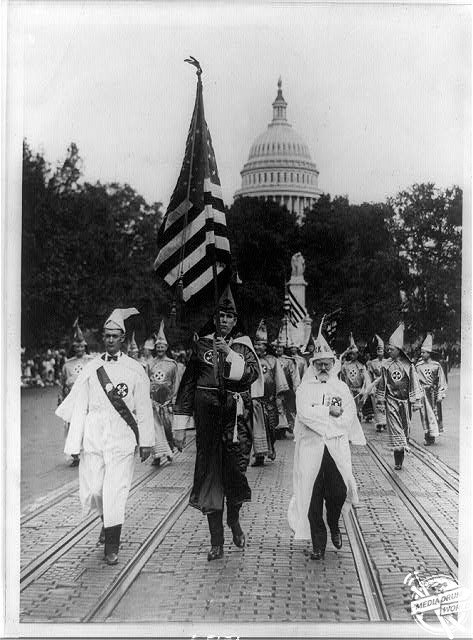
There was uproar on Saturday as a woman was killed and 19 others injured after clashes between white supremacists and anti-racism protestors in Charlottesville, Virginia ended when a car was driven at high speed into the crowd of anti-racism protestors.
Hundreds of white supremacists, including several members of the Ku Klux Klan, had gathered in the city to protest the removal from the town of a statue of Robert E. Lee, a slave-owning General for the Confederacy during the Civil War.
The worrying scenes are eerily reminiscent of an America which many hoped had been left in the past.

After being disbanded in 1870 following the Civil War, the Ku Klux Klan was officially reformed in 1915 by founder William J. Simmons, and saw a huge rise in popularity in its early years.
Focussed on an anti-immigrant, Anti-Catholic, prohibitionist and anti-Semitic agenda, the new Klan took much of its early influence from popular 1915 film the Birth of a Nation, which glorified the first version of the Klan.
Masks were worn to protect people’s identity and keep membership a secret, and after Simmons handed the running of the organisation over to two professional publicists in 1920 its membership was estimated to be anything between two and five million people by 1925.
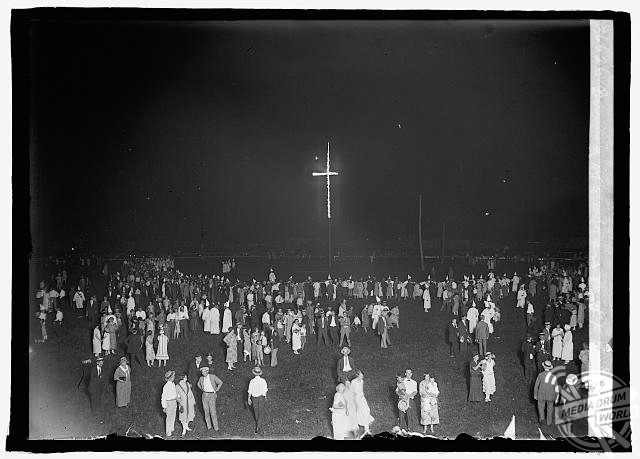
Amidst the backdrop of a post-war recession across America, the Klan proved hugely popular during the period, not just in its membership but in its support from every day Americans, too. It was their belief that the rights of the ‘native’ white American were more important than those of African Americans, Latin Americans and Jewish Americans, an idea which gained a lot of traction during this period.
But despite attempting to portray themselves as a respectable establishment who ‘upheld law and order,’ the Klan’s activities were often coupled with widespread violence. During the 1910s and 20s the Klan carried out lynchings, floggings and countless beatings, particularly on minority groups. They also wielded significant political power, moving their offices to Washington D.C. in the mid-1920s and reportedly playing a big role in the election of several Congressman and Senators across the country.
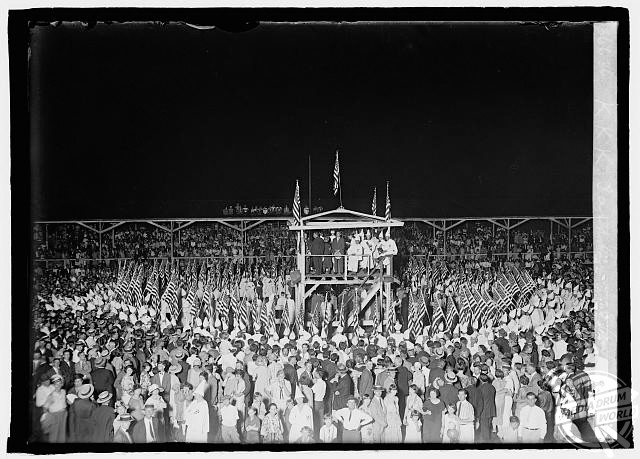
However toward the end of the decade the Klan’s influence began to wane substantially. One of the group’s leading members, the Grand Wizard, was convicted of murder in a trial which revealed many at the top of the organisation as womanisers and alcoholics, shattering their image as the upholders of law and order. Civil rights groups such as the NAACP started to fight back, too, with some chapters’ membership lists being published.
By the end of the 1930s the Klan’s resurgence had significantly died down and, despite having a constant presence in the United States since then, the group never returned to the popularity it enjoyed in the mid-1920s. It has been reported that several members of the Klan attended the march in Charlottesville on Saturday, with President Donald Trump receiving widespread criticism for his refusal to specifically condemn the actions of the white supremacists.
